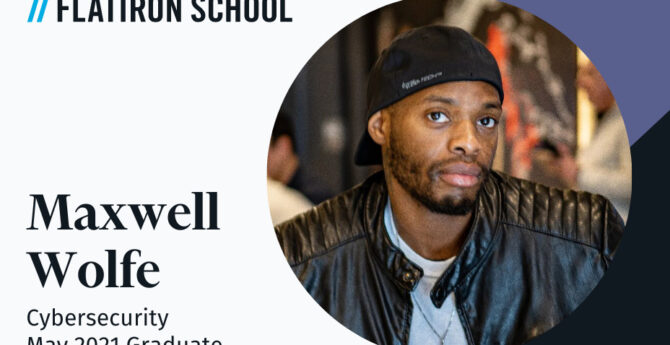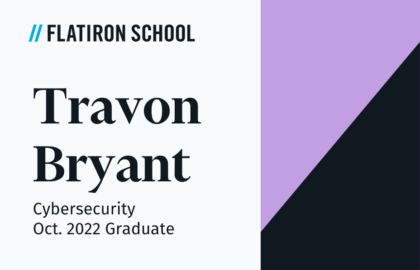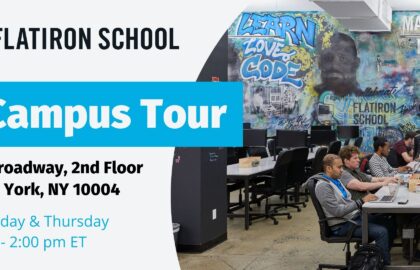cybersecurity

Alumni Stories
Maxwell Wolfe: DJ to Cybersecurity
“I appreciated the collaborative environment of the program, where we were encouraged to work in teams, brainstorm, and devise solutions for our projects.”

Alumni Stories
Travon Bryant: Amazon Career Choice 2022
“SIEM was my favorite part of the program. It amazed me how the information could give us so much insight.”

Career Advice
How Much Do Cybersecurity Jobs Pay?
The cybersecurity landscape is booming, with businesses increasingly prioritizing data protection. But with a variety of exciting career paths available, how do you decide which direction is right for you, and what kind of salary can you expect?

Alumni Stories
Atticus Olmedo: International Affairs to Cybersecurity
"Having a shared community on Slack made learning from one another's mistakes a fun and interactive bootcamp experience."

Tech Trends
Unlocking Enhanced Security: The Zero Trust Approach
With cyber threats lurking around every corner, traditional approaches to network security are proving increasingly inadequate. Enter Zero Trust security—a paradigm shift in IT defense strategies that is reshaping how organizations protect their valuable assets.

Career Advice
Exploring the Benefits of Online vs. In-Person Cybersecurity Bootcamps
Flexibility, accessibility, cost, and how well you function in an environment that might hold distractions are just a few factors to consider when choosing an online or in-person cybersecurity bootcamp experience.

Tech Trends
Why Patch Management is Essential for Businesses
Discover the paramount importance of patch management in fortifying a business's invaluable data and vital systems against cyber threats.
Browse by Category
- All Categories
- Admissions
- Alumni Stories
- Announcements
- Artificial Intelligence
- Career Advice
- Cybersecurity Engineering
- Data Science
- Denver Campus
- Diversity In Tech
- Enterprise
- Flatiron School
- Hackathon
- How To
- NYC Campus
- Online Campus
- Partnerships
- Software Engineering
- Staff / Coach Features
- Tech Trends
- UX / UI Product Design
- Women In Tech
